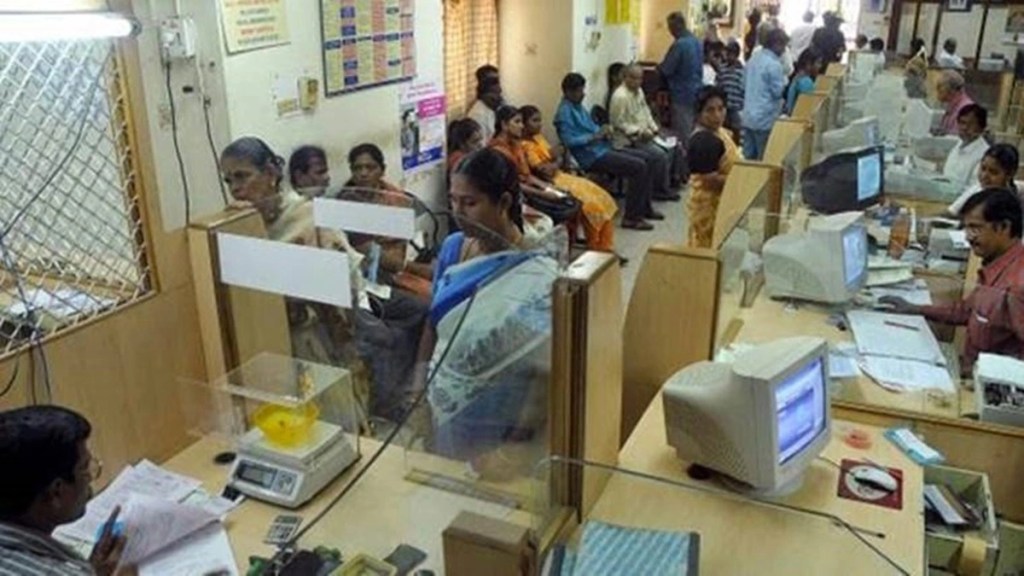It surely wasn’t as big an announcement as the merger of HDFC with HDFC Bank, but the arrival of Jio Financial Services could significantly change the country’s financial landscape. Some of this will play out in 2023.
Armed with a strong balance sheet and with access to large amount of data from the Reliance Group’s businesses, the fintech’s foray into the loan market could make life difficult for smaller non-banking finance companies and fintechs. Analysts believe Jio Financial can use its NBFC to lend to consumers and merchants, leveraging the group’s retail distribution network of more than 15,000 stores.
Fintechs without an NBFC licence will have to re-invent themselves within the smaller playing area as demarcated by the regulator. Since prepaid instruments (PPIs) funded from the credit lines of shadow banks are out and only regulated entities can lend, one should expect mergers or collaborations so that the combined user base can be leveraged. Even for those that operate via NBFCs, 2022 has been a difficult year, with many of them providing more for loan losses. Digital collection players have cautioned on rising stress.
There could be consolidation in the fintech space as players with large consumer bases — payments players for instance — acquire those that are selling loan, insurance and wealth management products. That would help the former reduce their cash burn.
With the economy poised to slow sharply in the coming year and the gross value added expected to grow at 5.8-6%, the lending environment could be far less conducive than 2022. Following the lift-off that India’s banks have seen this year with loan growth rebounding and provisions falling, the coming year should have been one in which they could build on the gains. Unfortunately though, business might be dull as the recovery in consumption could be muted; the 16-17% loan growth could taper off to low double digits.
However, the coming year could see excitement in the form of innovation as banks, NBFCs and fintechs compete to service customers. To be sure, the last few years have seen user experience being upended, though much of this has primarily happened in the payments space. Even as the UPI’s popularity explodes, the CBDC — central bank digital currency — now in a pilot phase, could be in use, maybe by the end of 2023. However, it appears companies, especially those engaged in cross-border trades, will benefit more.
In the lending space, banks and NBFCs are further digitising their operations, and as capital shifts to lending technology from payments, customers should expect more ease while transacting. The partnerships with fintechs should gather momentum in 2023. By one estimate, digital lending was $21 billion in 2020, $38 billion in 2021 and should cross $50 billion in 2022.
However, large segments of the population are yet to be touched by technological changes in the credit market. Hopefully, India’s version of open banking via the account aggregator mechanism should overcome the technical and regulatory hurdles and see more traction in 2023. With nearly 100 financial institutions on board and more looking to acquire a licence, we should see credit flow and fee income grow. Insurance and telecom players should come on board next year.
Since banks are comfortably positioned on capital, and also have relatively easy access to low-cost deposits, they should lead the way; they must shake off their aversion to take on risk of MSME loans. NBFCs are unlikely to be able to take on much risk next year as they negotiate the rising cost of funds. This would be especially true for lower-rated NBFCs who would feel the pinch disproportionately; the higher cost of funds would limit their ability to lend to smaller units as they would tend to be extra mindful of not just an asset-liability mismatch, but also of margins and credit costs.
They should, however, be able to cash in on the technology for distributing and underwriting loan products as the Reserve Bank of India has eased the e-KYC norms via Aadhaar. But unless banks shed their reluctance, smaller enterprises might find themselves short of credit facilities in a time of high lending rates. Many of the fintechs that have stepped in to lend to micro units are confident that the tempo in the loan growth will be maintained. But, at the end of the day, they will depend on banks or NBFCs for credit lines.
The hybrid models being pursued are likely to see a slight change next year as they become more skewed more towards the off-balance sheet lending. This shift will be influenced by two factors – limited funding from investors and banks’ heightened pursuit of loans via this route. As such, we may see more collaborations and co-lending next year as fintechs work to become more profitable and stay in the business. That should help push India’s credit-to-GDP ratio which could cross 65% in the current year.

